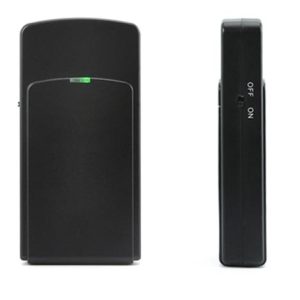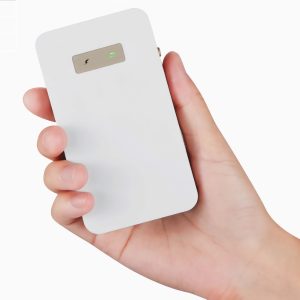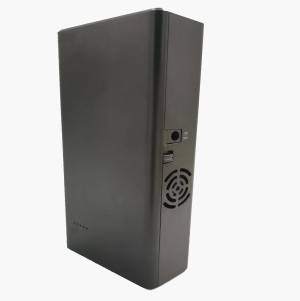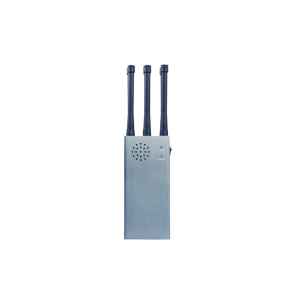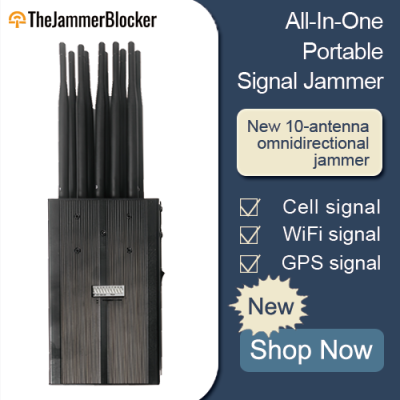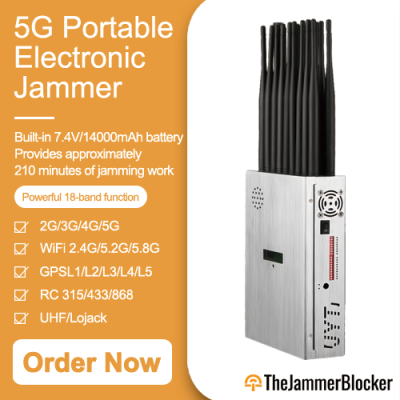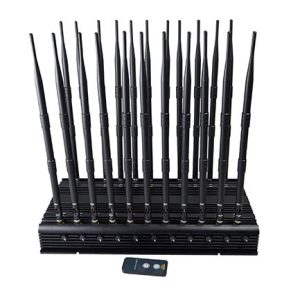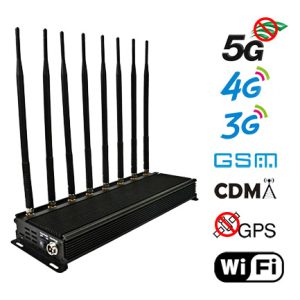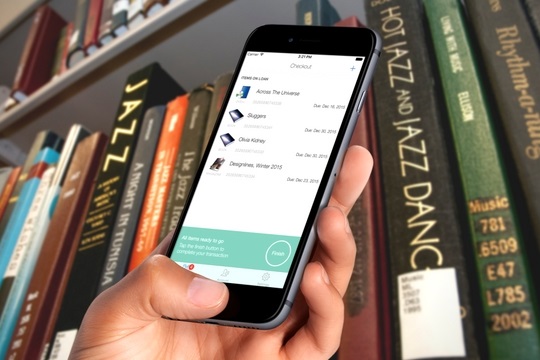Overview of GSM and Its Characteristics
CDMA, GSM900, GSM1800, DCS, PCS, and PHS are all part of the 2G mobile communication technologies. In the United States, GSM operates in the CDMA frequency range of 850-895 MHz and PHS/PCS at 1800-2000 MHz. In Europe, the frequency allocations include CDMA at 850-895 MHz, GSM900 at 920-965 MHz, and GSM1800/DCS at 1800-1920 MHz.
GSM represents the second generation of cellular mobile communication technology, a progression from the analog systems used in the 1980s and preceding the gradual adoption of broadband CDMA technologies.
Despite being considered outdated, GSM remains a fundamental communication technology and continues to play a vital role in the current 5G landscape.
Key Features of GSM Technology:
Time Division Multiple Access (TDMA): GSM utilizes TDMA for its air interface, allowing multiple users to share the same frequency by allocating different time slots. This enhances spectrum efficiency and increases system capacity.
Global Adoption: Since its introduction in the mid-1990s, GSM has been embraced by over 100 countries, making it one of the most prevalent mobile communication standards globally.
Robust Security: The GSM system is designed with strong anti-copying measures, ensuring network security and stability.
Extensive Number Resources: It offers a wide range of mobile number resources to accommodate large user bases.
Clear Call Quality: GSM ensures high call clarity, minimizes dead zones, and enhances the overall user experience.
Low Power Consumption: GSM mobile phones generally consume less power compared to other communication systems, which helps extend battery life.
Open Standards: The system features open interfaces and universal standards, facilitating device compatibility and ease of expansion.
Confidentiality and Security: GSM supports various security protocols, safeguarding user communications and maintaining privacy.
Versatile Services: It caters to diverse user needs by providing a range of services, including voice calls, SMS, and data transmission.
Roaming and Handover: GSM supports seamless roaming and handover capabilities, allowing users to maintain communication continuity while traveling between different regions.
High Transmission Quality: The system delivers reliable transmission quality, ensuring stable communication.
These attributes have contributed to the widespread acceptance and recognition of GSM, establishing it as a foundational technology in mobile communications.
GSM Mobile Phone Jammers:
We also offer affordable GSM cell phone jammers, which may be useful for your needs.
Cell Phone Jammer:
Searched By Frequencyband:
Showing all 4 results
- 121.99$
The CDMA GSM cell phone blocker is only 9.5*4.5*1.8CM and weighs only 0.068KG, which is the size of a mobile phone or lighter. Therefore, you can hide it better in your bag or pocket. Our devices come pre-configured from the factory, which is why we offer three different frequency options. You can choose the appropriate configuration according to your needs.
- 439.89$
This Mini cell phone jammer, which looks like an ordinary mobile phone and a mobile power bank, has become a “must-have artifact” for important occasions. Whether you hold it in your hand, put it in your pocket, put it in your bag, or quietly place it in the corner of the dining table, it can play a role in a hidden and practical way.
- 156.58$
The PUS-JMC5 GSM signal isolator covers 2G, 3G, and other bands within 5-20 meters, using advanced isotope antenna technology and downlink interference. It prevents interruptions from phone rings and satellite tracking.
- 356.68$
By cutting off 8 types of signals within a range of 10-20 meters (see below for details), this phone blockers effectively protects personal privacy and avoids the trouble of being tracked or monitored. This Research-backed cell phone scrambler is about the size of an adult’s palm, but is still easy to carry, solving the problem of being unable to carry large devices when going out.
Showing all 4 results

